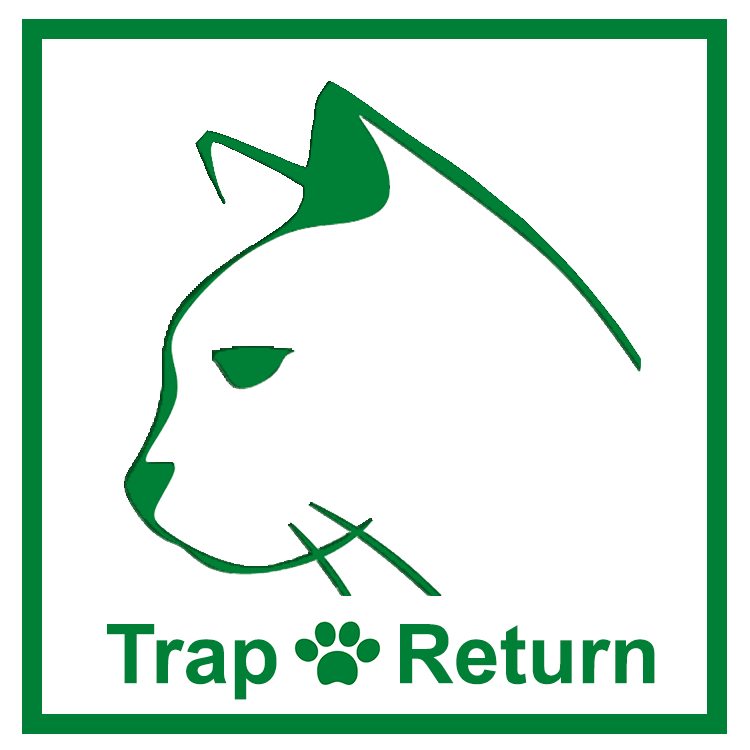How to Talk to Neighbors About TNR
How to Talk to Neighbors About TNR and Stray Cats As advocates for the welfare of outdoor and stray cats, we understand the importance of trap-neuter-return (TNR) programs. TNR is a humane way to control the cat population and improve their overall well-being. However, initiating a conversation about TNR with your neighbors can be daunting, […]
How to Talk to Neighbors About TNR Read More »










